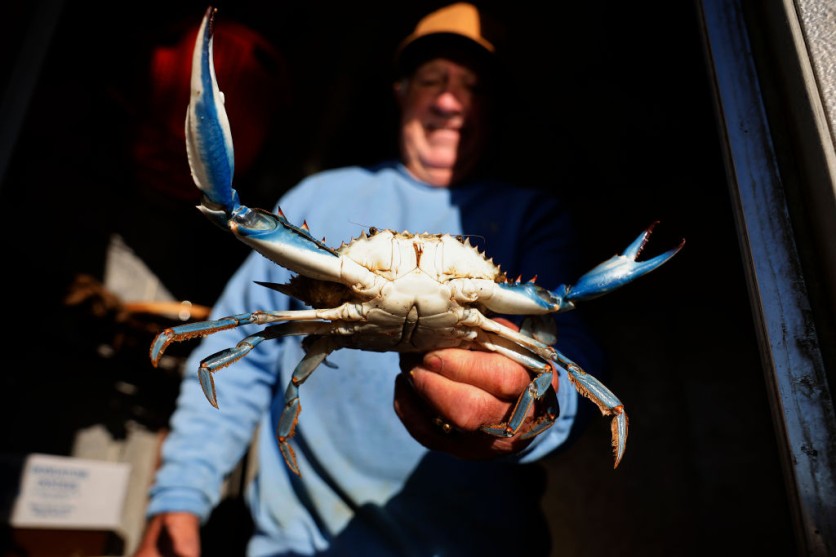When we think about AI these days, we think about its endless potential in several fields as the technology slowly and surely integrates into our daily lives.
The rise of AI chatbots such as ChatGPT is particularly noteworthy as they can provide solutions to various problems thanks to their access to so much data. Hence, people might believe that AI can do anything... even talk to animals.

In fact, the AI chatbot wrote a story about Krablr, a real-time crab pricing engine, developing a generative AI tool that supposedly communicates to crabs and encourages them to breed more and boost yields.
But in case you forgot, it's that time of the year again when everything is a joke. Happy April Fools Day!
Read Also : Open Letter to Pause AI Developments Beyond GPT-4 Signed by Woz, Elon Musk, and MORE-But Why?
Crabs for Fools
TechCrunch reported about Krablr creating a highly-advanced AI tool made for crabs. According to the story, the company plans to develop a new language using generative AI that will be optimized for communication with crustaceans.
The report also mentioned that Krablr's new generative AI language is still in development, and early tests have been promising, with an increase in crab populations observed in areas where they have implemented their language prototype.
However, it is important to note that the story is entirely fictional and was written as an April Fools joke. Krablr has not made any such announcement, and its business model remains focused on real-time crab pricing and crab futures trading.
While we may not be able to communicate with crabs using AI just yet, it's still a fascinating concept to think about. With AI becoming more and more advanced, that concept may not be so far-fetched at all.
"This hypothetical news story was written by ChatGPT. Nightmarish imagery by Craiyon. Happy AI-generated April Fools! " TechCrunch writes.
The April Fools report only goes to show that ChatGPT can write news stories that sound convincingly true. It must be noted that the chatbot is a large language model trained by OpenAI for years. Hence, it is only natural for the AI tool to generate a news story with ease.
But at the same time, it serves as a reminder for readers or users to be vigilant with what they read. Disinformation and misinformation have been a key issue in the online realm ever since and more than ever, we must learn how to take things with a grain of salt and do some deeper digging before believing!
Related Article : Chess Legend Kasparov Says Google AI and Microsoft ChatGPT Aren't Top Security Risks: Saying He Fears Bad Actors More





